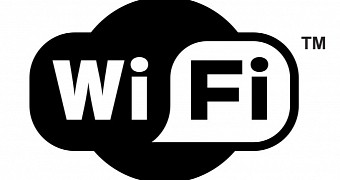Wi-Fi Alliance announced the upcoming availability of the third WPA (Wi-Fi Protected Access) security protocol and security certification program for securing wireless computer networks.
After the discovery of KRACK (Key Reinstallation Attack) in the WPA2 security protocol, a severe flaw that lets attackers intercept passwords and other sensitive information transmitted through your wireless network, Wi-Fi Alliance announced at CES 2018 that they'd release WPA3 this year with an extra layer of security enhancements.
These include new configuration, encryption, and authentication features across the entire family of Wi-Fi CERTIFIED security solution, which we are using for more than a decade to communicate with each other and access the Internet. With these new improvements, Wi-Fi Alliance promises state-of-the-art security protections.
More precisely, WPA3 will feature robust protection that's independent of the password selected by the user, individualized encryption to strengthen user privacy in open Wi-Fi networks, and a new 192-bit security suite, which is aligned with the Commercial National Security Algorithm (CNSA) Suite from the Committee on National Security Systems.
"Security is a foundation of Wi-Fi Alliance certification programs, and we are excited to introduce new features to the Wi-Fi CERTIFIED family of security solutions," said Edgar Figueroa, president and CEO of Wi-Fi Alliance. "The Wi-Fi CERTIFIED designation means Wi-Fi devices meet the highest standards for interoperability and security protections."
WPA2 will continue to receive enhancements as well
Additionally, WPA3 will also simplify the configuration of security features on devices without a display interface or those that offer limited access to one. All in all, WPA3 is coming this year with higher security requirements similar to those used by government or defense agencies, as well as in industrial environments.
Most probably, WPA3 will be implemented by default in almost all new wireless devices that are coming in the future, but as it's a software implementation, it should also be available on all existing devices through upcoming software updates, and will be accompanied by WPA2, which Wi-Fi Alliance says it will continue to receive enhancements.

 14 DAY TRIAL //
14 DAY TRIAL //